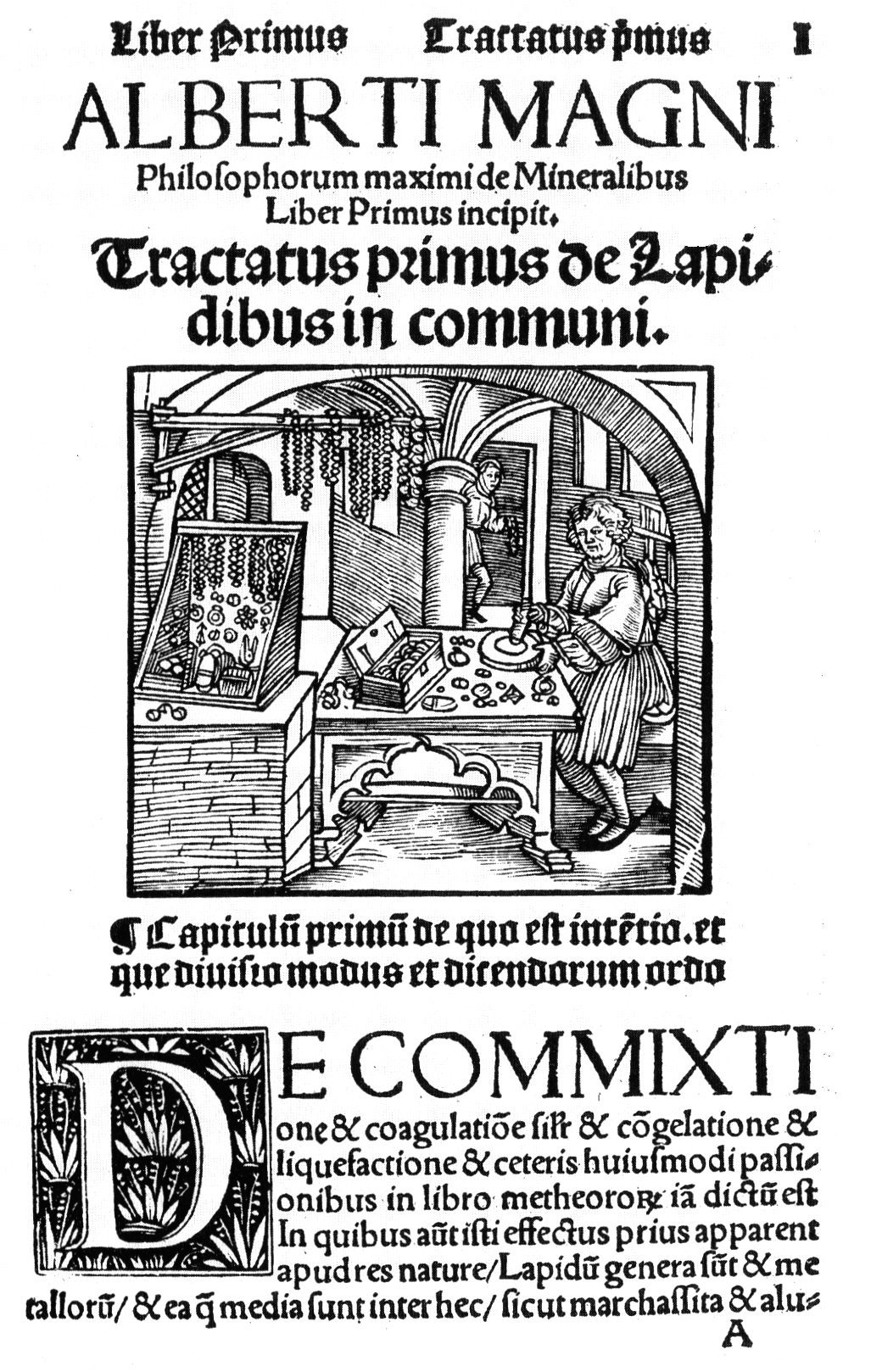CHAPTER ONE - AN INTRODUCTION TO ALCHEMY
Chapter 2
∴ What is Alchemy?
Alchemy is an influential philosophical tradition whose practitioners have, from antiquity, claimed it to be the precursor to profound powers. The defining objectives of alchemy are varied but historically have typically included one or more of the following goals: the creation of the fabled Philosopher's Stone; the ability to transform base metals into the noble metals (gold or silver); and development of an elixir of life, which would confer youth and longevity.
∴ The Philosopher's Stone
The Philosopher's Stone is a legendary substance, capable of turning inexpensive metals into gold. It was sometimes believed to be an elixir of life, useful for rejuvenation and possibly for achieving immortality. For a long time, it was the most sought-after goal in western alchemy. In the view of spiritual alchemy, making the philosopher's stone would bring enlightenment upon the maker and conclude the Great Work. It is also known by several other names, such as 'materia prima', the White Stone by the River, The Sword in the Stone, all the same, meaning that which contains the knowledge of creation, a symbol that represents the final outcome of man's inner transformation, of the conversion of the base metal of his outer character to the golden properties of his higher self. It is all about the evolution of consciousness in the alchemy of time.
→ Figure 1. The 'squared circle' is a 17th century alchemical glyph or symbol
for the creation of the Philosopher's Stone.
There is of course a strong link between symbols for the Philosopher's Stone and that of the Deathly Hallows.
→ Figure 2. The symbol for The Philosopher's Stone, right, and for
The Deathly Hallows, far right. The use of similar geometry and scale
is apparent, though both have very different constructional meanings.
∴ Etymology
The word alchemy may derive from the Old French alquimie, which is from the Medieval Latin alchimia, and which is in turn from the Arabic al-kimia. This term itself is derived from the Ancient Greek chemeia or chemia with the addition of the Arabic definite article al. The ancient Greek word may have been derived from a version of the Egyptian name for Egypt, which was itself based on the Ancient Egyptian word keme (hieroglyphic Khmi, black earth, as opposed to desert sand). The word could also have originally derived from the Greek chumeia meaning "mixture" and referring to pharmaceutical chemistry. The etymology of the word is still open to question.
∴ Alchemy in Medieval Europe
The introduction of alchemy to Latin Europe occurred on 11 February 1144, with the completion of Robert of Chester's translation of the Arabic Book of the Composition of Alchemy. Although European craftsmen and technicians pre-existed, Robert notes in his preface that alchemy was unknown in Latin Europe at the time of his writing. The translation of Arabic texts concerning numerous disciplines including alchemy flourished in12th-century. Toledo, Spain, through contributors like Gerard of Cremona and Adelard of Bath. Translations of the time included the Turba Philosophorum, and the works of Avicenna and al-Razi. These brought with them many new words to the European vocabulary for which there was no previous Latin equivalent. Alcohol, carboy, elixir, and athanor are examples.
Meanwhile, theologian contemporaries of the translators made strides toward the reconciliation of faith and experimental rationalism, thereby priming Europe for the influx of alchemical thought. Saint Anselm (1033-1109) put forth the opinion that faith and rationalism were compatible and encouraged rationalism in a Christian context.
Peter Abelard (1079-1142) followed Anselm's work, laying down the foundation for acceptance of Aristotelian thought before the first work of Aristotle had reached the West. And later, Robert Grosseteste (1175-1253) used Abelard's methods of analysis and added thee use of observation, experimentation, and conclusions when conducting scientific investigations. Grosseteste also did much work to reconcile Platonic and Aristotelian thinking.
Through much of the 12th and 13th centuries, alchemical knowledge in Europe remained centred around translations, and new Latin contributions were not made. The efforts of the translators were succeeded by that of the encyclopaedists. Albertus Magnus and Roger Bacon are the most notable of these.

→ Figure 3. Pages from "De Mineralibus" by Albertus Magnus
Their works explained and summarized the newly imported alchemical knowledge in Aristotelian terms. There is little to suggest that Albertus Magnus (1193-1280), a Dominican, was himself an alchemist. In his authentic works such as De Mineralibus (The Book of Minerals), he observed and commented on the operations and theories of alchemical authorities like Hermes and Democritus, and unnamed alchemists of his time. Albertus critically compared these to the writings of Aristotle and Avicenna, where they concerned the transmutation of metals. From the time shortly after his death through to the 15th century, twenty-eight or more alchemical tracts were misattributed to him, a common practice giving rise to his reputation as an accomplished alchemist. Likewise, alchemical texts have been attributed to Albert's student Thomas Aquinas (1225-1274).
Roger Bacon (1214-1294) was an Oxford Franciscan who studied a wide variety of topics including optics, languages and medicine. After studying the Pseudo-Aristotelian Secretum Secretorum around 1247, he dramatically shifted his studies towards a vision of a universal science, which included alchemy and astrology. Bacon maintained that Albertus Magnus' ignorance of the fundamentals of alchemy prevented a complete picture of wisdom.




